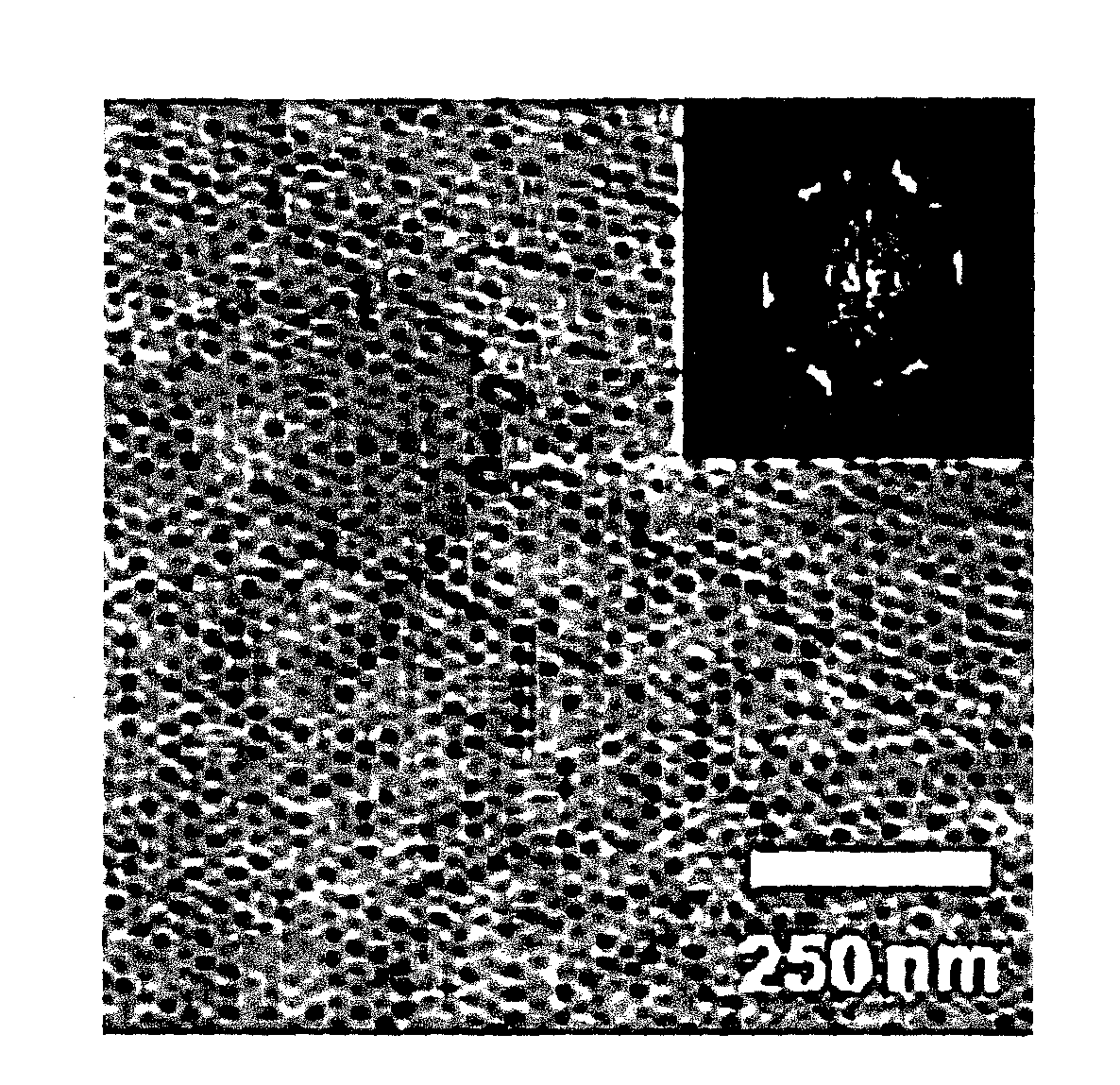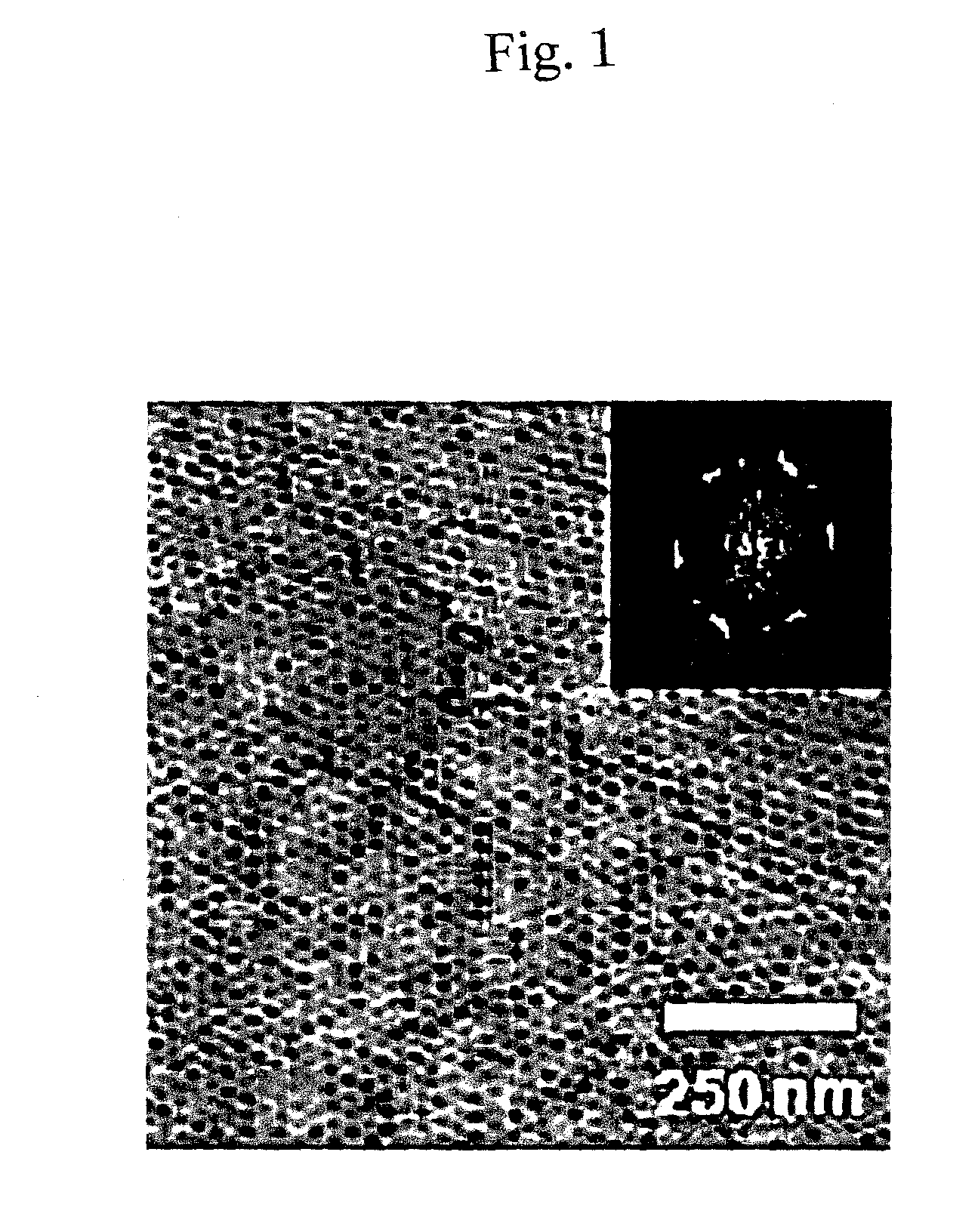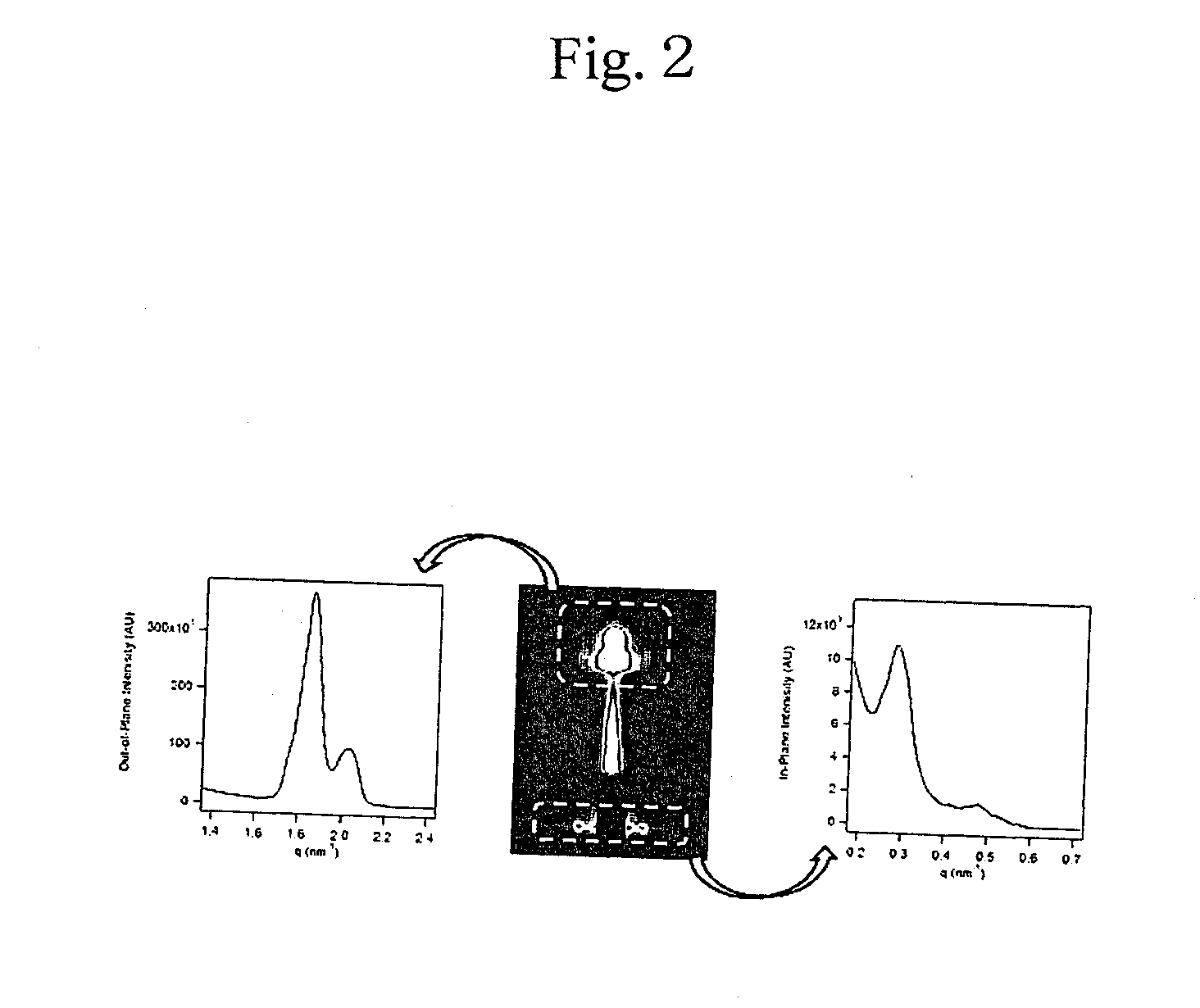Self-supporting thin polymer film
- Summary
- Abstract
- Description
- Claims
- Application Information
AI Technical Summary
Benefits of technology
Problems solved by technology
Method used
Image
Examples
example 1
[0086]A block copolymer was synthesized as follows.
[0087]A liquid crystalline methacrylic acid ester monomer MA (Stb) was synthesized as follows.
[0088]4-Butylbenzyl alcohol was prepared by reducing 4-butylbenzoic acid (manufactured by Tokyo Chemical Industry Co., Ltd., special grade) by a boron trifluoride diethyl ether complex and sodium borohydride. 4-Hydroxybenzaldehyde (manufactured by Tokyo Chemical Industry Co., Ltd., special grade) and 11-bromo-1-undecanol (manufactured by Wako Pure Chemical Industries, Ltd., special grade) were condensed by a Williamson method to obtain 4-(11-hydroxyundesiloxy)benzaldehyde. The 4-butylbenzyl alcohol prepared above was brominated by hydrogen bromide, followed by a reaction with triphenyl phosphine (manufactured by Wako Pure Chemical Industries, Ltd., special grade) to obtain (4-butylbenzyl)triphenylphosphonium bromide. The resulting phosphonium salt was reacted with potassium t-butoxide to generate an ylide, and the 4-(11-hydroxyundesiloxy)be...
example 2
[0093]A solution of 1% by weight of cellulose acetate (MW: 30,000) in acetone was spin-coated onto a silicon wafer at 3,000 rpm for 60 sec to form a sacrificing layer. The resulting thin film was heated at atmospheric pressure at 60° C. for 1 hour to evaporate the acetone remaining in the thin film. Subsequently, a solution of 4% by weight of the copolymer produced in Example 1 in chloroform was spin-coated onto the sacrificing layer at 2,000 rpm for 30 sec, followed by heating (annealing) in vacuum at 190° C. for 2 hours to obtain a microphase-separated structure membrane.
example 3
[0094]The microphase-separated structure of the thin polymer membrane prepared in Example 2 was observed for the surface structure by atomic force microscopy (AFM). FIG. 1 is a photograph showing the results of AFM. As obvious from FIG. 1, a hexagonally arrayed dot pattern derived from poly(ethylene oxide) blocks (hydrophilic polymer component) was observed on the surface of the thin polymer membrane prepared in Example 2.
[0095]Then, the thin polymer membrane prepared in Example 2 was measured for structural periodicity by grazing-incidence small-angle X-ray scattering (GI-SAXS). The results are shown in FIG. 2. As obvious from FIG. 2, it was recognized that the poly(ethylene oxide) block (hydrophilic polymer component) cylinders in the thin polymer membrane prepared in Example 2 are hexagonally arrayed. As obvious from the results of the AFM and the GI-SAXS, it was confirmed that the thin polymer membrane prepared in Example 2 forms a microphase-separated structure also on poly(cel...
PUM
| Property | Measurement | Unit |
|---|---|---|
| Diameter | aaaaa | aaaaa |
| Diameter | aaaaa | aaaaa |
| Strength | aaaaa | aaaaa |
Abstract
Description
Claims
Application Information
 Login to View More
Login to View More - R&D
- Intellectual Property
- Life Sciences
- Materials
- Tech Scout
- Unparalleled Data Quality
- Higher Quality Content
- 60% Fewer Hallucinations
Browse by: Latest US Patents, China's latest patents, Technical Efficacy Thesaurus, Application Domain, Technology Topic, Popular Technical Reports.
© 2025 PatSnap. All rights reserved.Legal|Privacy policy|Modern Slavery Act Transparency Statement|Sitemap|About US| Contact US: help@patsnap.com



